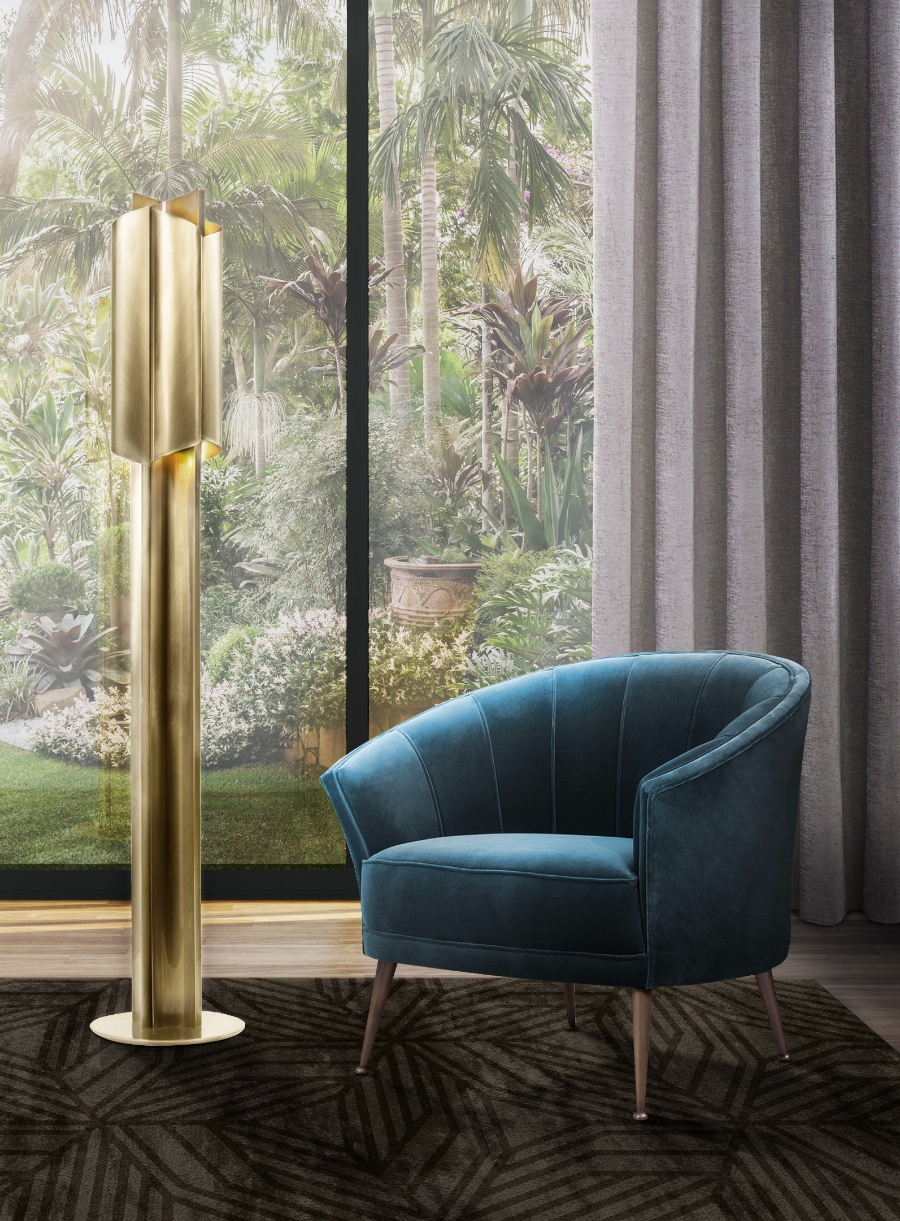THANK YOU FOR YOUR REQUEST
We will be in touch soon.
Lighting is frequently overlooked in home design in favour of furniture, colour palettes, and ornamental components. However, the importance of lighting in a room should not be overlooked. Lighting is the hidden hero who can elevate a setting from ordinary to exceptional. The appropriate lighting choices may dramatically improve the overall visual appeal and functionality of any environment, from generating atmosphere to highlighting architectural details. This article discusses the significance of lighting in interior design, with a focus on wall lights, floor lights, ceiling lights, and suspension lights.
See also: TRANSFORMING SPACES: UNLEASHING THE POWER OF INTERIOR DESIGN


Sconces, or wall lights, are a versatile choice that lends a touch of elegance and warmth to any environment. They’re great for adding ambient lighting and framing key areas or highlighting artwork on walls.

Wall lights may produce a visually pleasing play of light and shadow by directing light both above and downward, adding depth and dimension to the area. Wall lights have the ability to generate the ideal tone in a room, whether you choose sleek and modern designs or ornate and traditional types.



Floor lights are a must-have in interior design because they provide useful lighting while also contributing to the overall appearance of a place. These freestanding lights are ideal for illuminating specific locations such as reading nooks, corners, or paths.

Floor lights are available in a range of designs, ranging from adjustable task lights to sculptural display pieces. Because of their adaptability, they may serve as both practical and ornamental features, making them a perfect choice for any home design scheme.




Ceiling lights, often known as overhead or flush-mount lights, are the interior lighting workhorses. They provide general lighting and help to set the mood in a room. Chandeliers, recessed lights, and pendant lights are examples of ceiling lights. Chandeliers provide a touch of grandeur and sophistication to formal dining rooms and entryways. Recessed lights have a clean and simple appearance, merging into the ceiling while producing gentle and steady illumination. Pendant lights, on the other hand, provide personality and can function as focus points, particularly when utilised in clusters or as statement pieces over dining tables or kitchen islands.


Suspended lights, also known as hanging lights or pendants, are an excellent way to add drama and visual appeal to a room. These lighting fixtures are suspended from the ceiling by a chain, rod, or cable. Suspension lights come in a variety of shapes, sizes, and materials, providing for virtually limitless design options. Suspension lights can provide a dramatic focal point in any area, whether you want a sleek and minimalistic design or a strong and eye-catching statement piece. They are especially effective in situations where a touch of elegance and drama is sought, such as dining rooms, living rooms, or bedrooms.


Lighting is important in interior design because it improves both the aesthetics and usefulness of a room. You may change the mood of a room, accentuate architectural details, and create a visual impression by carefully selecting wall lighting, floor lights, ceiling lights, and suspension lights. When selecting lighting fixtures, keep in mind the purpose of the room, the desired ambiance, and the overall design concept. You can illuminate your room with flair and refinement with the correct options, pushing your interior design to new heights.
See also: UNVEILING THE SECRETS OF CELEBRITY INTERIOR DESIGN: LUXURIOUS INSPIRATION FOR YOUR HOME
Like This Post About Lighting in Interior Design? Stay Updated With The Best News About Trends, Interior Design Trends, And Furniture High-End Brands. Sign Up Our Newsletter And Receive It In Your Email – Free Of Charge, The Latest And The Most Exclusive Content From Home Inspiration Ideas Blog. Follow Us On Pinterest, Instagram, Facebook.
see our
most popular